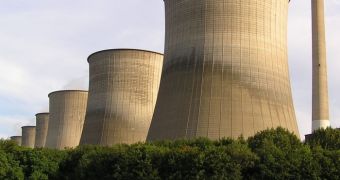Taking care of the environment has become the year's trend. We have energy-aware devices to shut down in order to preserve power, and more recently, we have entire datacenters fueled by Zero Carbon-Dioxide energy back in Iceland.
US is not one of the countries to be proud of when it comes to energy savings. A recent study commissioned by AMD that compares the energy consumption countrywide has unveiled a different story. Jonathan Koomey, one of the scientists to work at the Lawrence Berkeley National Laboratory, together with a Stanford University professor showed that the U.S. share of the global energy use to power servers may encounter a significant decline during the years to come.
This study used the server installation data provided by IDC and assumes that the world server electricity use will increase at a 12% pace per year. At the same time, the scientists suppose that the installed base for volume servers will grow by more than 50% from 2005 levels by 2010. If a single server takes up a constant amount of power, then, by extrapolating, the figures would show a 40 percent increase in the electricity used by servers worldwide by 2010.
Compared to previous statistics, if the medium power per server increases as it did in the 2000-2005 interval, then the total amount of electricity used by servers by 2010 would be 76% higher than in 2005. The total amount of electricity engulfed by worldwide servers in a year is of about 123 billion kWh and costs more than $7.2 billion. The main consumer is the US that accounts for more than 40 percent in power, but the country is on a descending trend regarding power usage and is likely to drop to 34 percent.
"With the findings released today we can begin to take next steps, including examining how we can power datacenters around the world while addressing impacts on global climate", said Larry Vertal, senior strategist for AMD Green. "For example, coal currently provides 25% of global primary energy needs and generates 40% of the world's electricity. Clearly, we must work harder than ever to not only deliver more efficient server and cooling technology, but also just as importantly, to work with our industry and government partners to develop environmentally sustainable solutions in areas where we see the most dramatic increases in energy use."

 14 DAY TRIAL //
14 DAY TRIAL //